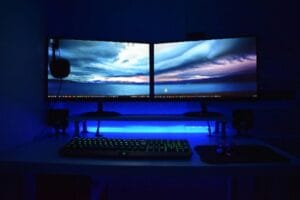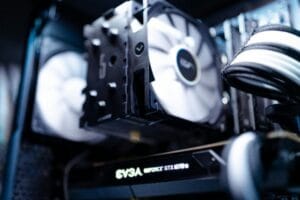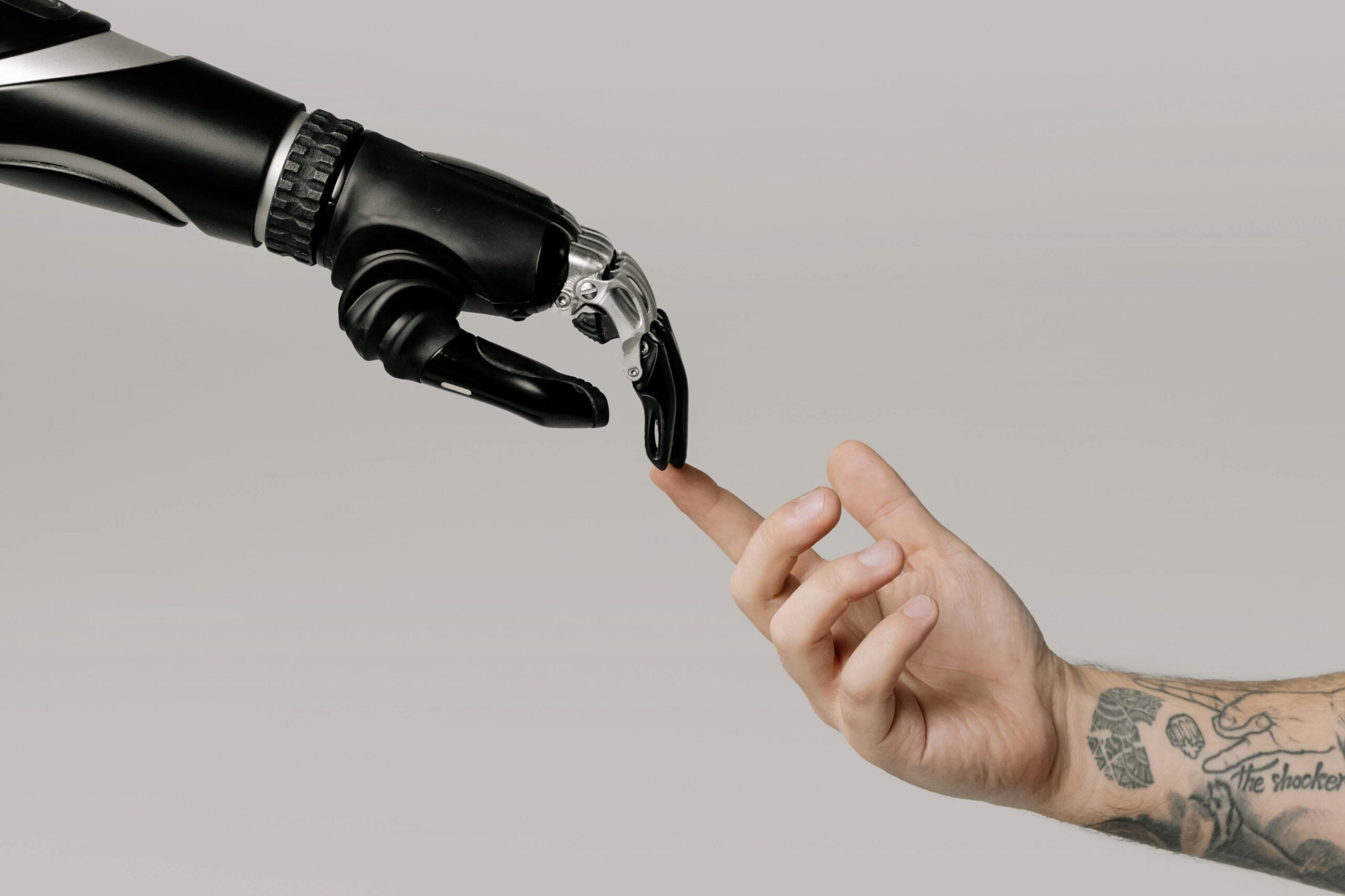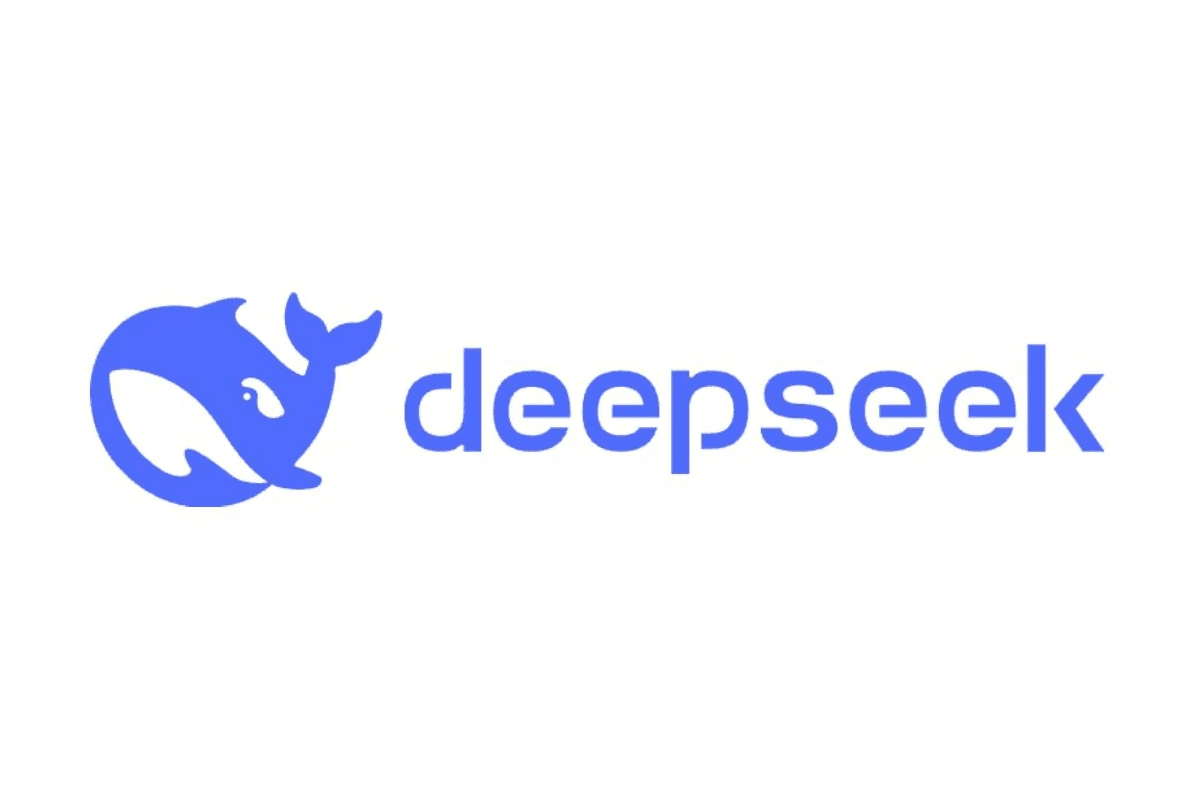If one has been following every update in the world of technology, then this term, NPU, should sound familiar. Actually, the abbreviation for a Neural Processing Unit, this advanced processor is highly gathering momentum and gaining much popularity in leading fields like artificial intelligence or AI and Machine Learning or ML. Precisely, what is an NPU, and why should one care about NPUs? Let’s dive into the world of NPUs and see their functions and purpose in the technology ecosystem.
What is an NPU?
A Neural Processing Unit is a class of processor designed to accelerate performance in the AI and Machine Learning domain. Unlike general-purpose CPUs and GPUs, NPUs are optimized for the particular needs imposed by neural network calculations. They do very well with large-scale parallel processing suitable for AI tasks, such as deep learning.
How Does an NPU Work?
These NPUs have been developed to run neural network operations more efficiently. Generally, most of the computations in neural networks involve complex matrix multiplication and convolution. An NPU optimizes this with the addition of dedicated hardware that can execute several tasks in parallel, which radically improves the performance and power efficiency.
Why NPUs Are a Game Changer for AI
Better Performance for AI Applications
Due to the requirement for workload in AI applications-translating into plenty of data in the shortest time possible-NPUs are specialized to realize superior performances in complex applications like image recognition, natural language processing, and predictive analytics. That would, for example, mean that an NPU could reduce the training time of some deep learning model by some factor compared to a traditional CPU or GPU.
Increased Efficiency and Speed
Perhaps the most striking characteristic of NPUs is to process information faster and more efficiently. Since they are dedicated only to neural network operations, NPUs use less power with lower heat production compared to CPUs and GPUs. Efficiency aspects constitute the backbone of devices reliant on real-time AI processing, including autonomous vehicles and smart cameras.
Where to Find NPUs and Their Applications
Smartphones
High-end smartphones will feature NPUs going into the future. Top brands have already applied NPUs in their high-end phones as a way of ramping up AI capability. Some good examples of such phones include but are not limited to:
- Apple iPhone 15 Pro Max: This embeds the chip of Apple’s A17 Pro, housing a high-performance advanced NPU that is used in various processes, such as image processing and augmented reality. More info.
- Huawei P60 Pro: This has an installed chip, the Kirin 9000 chip with integrated NPU, making it lead over the rest of the devices in AI-powered capabilities, such as enhancing photo shooting. More info.
- Samsung Galaxy S24 Ultra: This is the latest model from Samsung; this runs on an Exynos 2400 chip with top of the line NPU. . Smart devices containing advanced chips boast real-time translations besides much more developed camera functions. More info.
Laptops and PCs
Although more common in mobile devices, their use is slowly but surely catching on in laptops and PCs. In high-end versions, each of these has dedicated NPUs, which take the performance up a notch while working with AI-based applications such as video editing or gaming. Several new cutting-edge models of laptops are coming out of the box with embedded NPUs, which really accelerate AI-driven software tasks.
Edge Devices
NPUs find their way into hosts of edge devices that include, but are not limited to, smart home gadgets, security cameras, and IoT devices benefiting from on-device AI processing. Smart cameras with integrated NPUs can carry out many tasks-like local face recognition and object detection-among them, independent of cloud-based processing, hence ultimately speeding up reaction times.
Understanding TOPS: The Performance Metric
What Are TOPS?
Performance in NPUs is generally benchmarked through a metric widely known as TOPS, which actually stands for Tera Operations Per Second. That is a billion operations run by a processor in one second. The higher the TOPS, the greater performance for specific applications with extra-high demands that come from AI.
Why TOPS Matter
The TOPS do provide a scale on which performance for the different NPUs would be measured. For example, an NPU rated at 10 TOPS can execute 10 trillion operations per second and hence could be quite efficient for the heavy computation involved in AI. If one were to review any device having NPUs, grasping the rating in terms of TOPS makes it easier to compare their potential regarding advanced AI functionality.
NPU vs. CPU vs. GPU
NPU vs. CPU
- Specialization: While CPUs are general-purpose processors-running a wide number of tasks, which on neural networks are very inefficient-NPUs are dedicated to these and give better performance and efficiency for AI workloads.
- Performance: Unlike CPUs, NPUs do execute the AI-specific tasks faster because of their specialized architecture, hence making them suitable for real-world applications of the latter.
NPU vs. GPU
- Purpose: GPUs work in parallel; hence, they do well in cases where parallel processes must be executed, such as the rendering of graphics and some AI operations. However, in the case of deep learning models, an NPU brings about far superior performance and efficiency thanks to its specialized design.
- Efficiency: NPUs are generally more energy-efficient concerning AI-related tasks than GPUs-a quite important fact for mobile and embedded devices.
Living in this fast-developing technological world, NPU is one of the most important developing factors in AI’s capabilities. It is true that the specially designed architecture really lets NPU perform impressively with good efficiency in complicated applications, including neural network applications. Understanding NPUS and their metrics, such as TOPS, will provide each and every developer, industry professional, and consumer alike with a better jewel-lensed view of what really is behind those innovations. Join this revolutionary technology now in reshaping a landscape that will go far beyond AI.










